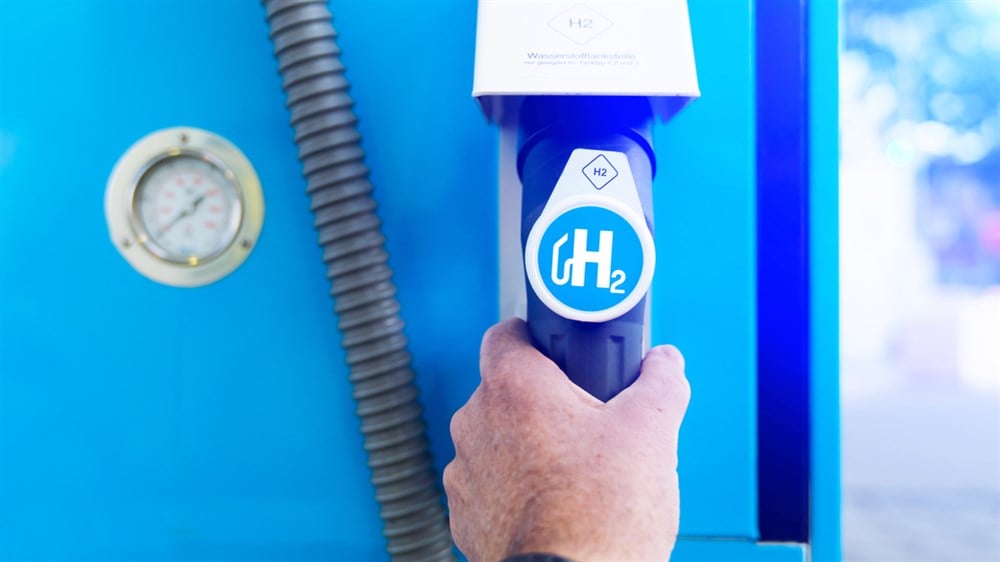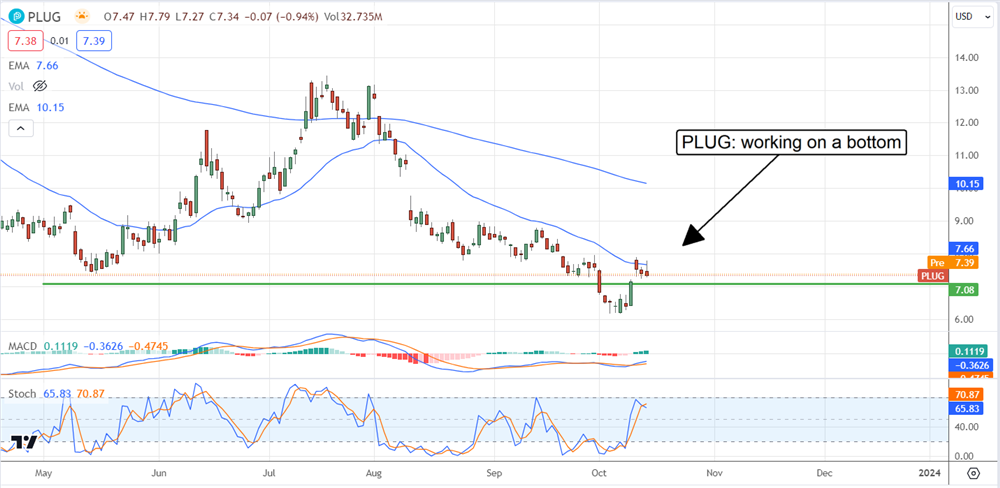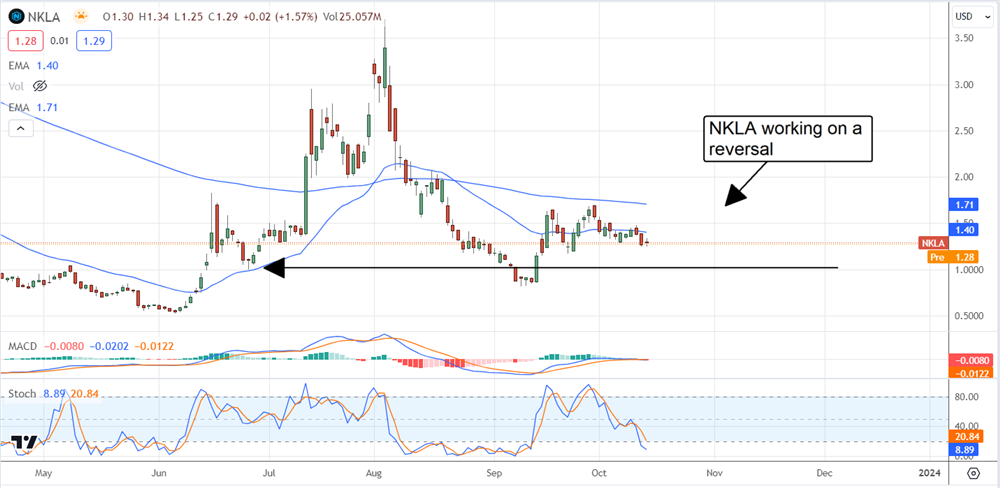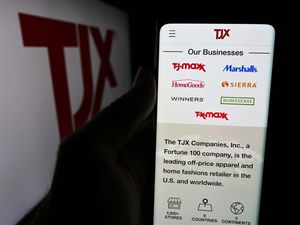
The US Department of Energy finally decided who would get a piece of the $7 billion Federal funding for green hydrogen, and the news may surprise you. The funding is intended to build green hydrogen infrastructure, but the terminology would be more suitable if it read “greener” hydrogen. While many companies receiving funding are hydrogen and even green hydrogen pure plays, most are not. Far from it. When it comes to hydrogen stocks, they are among the least likely to receive funding; here’s a look at who’s involved.
Big Oil Is Getting Funding For Green Hydrogen
The bill intends to promote the production, storage, and use of green hydrogen, which includes decarbonizing major carbon-producing hubs in the US. The funding will go to 7 regional hubs centered in the US carbon-creating centers, including Appalachia, the Gulf States, and the Midwest. The hubs are intended to jumpstart a national network and are expected to generate 3 million metric tons annually when fully operational. Input material will vary from region to region and will include natural gas.
Among the most prominently listed partners in the construction and operation of the facilities are 4 major oil companies, including Exxon Mobil (NYSE: XOM) and Chevron (NYSE: CVX). Also listed are Marathon Petroleum Co. (NYSE: MPC) and CNX (NYSE: CNX), which produces natural gas in the Appalachian Basin. The big oil companies may not receive funding directly, but they will benefit from the funding nonetheless. Each has a vested interest in advancing green technology and the future of decarbonization, and they will provide feedstock for production. Exxon Mobil has committed $7 billion to US hydrogen production.
Electric Utilities Will Benefit from Hydrogen Funding
Electric and natural gas utilities are among the beneficiaries of the hydrogen funding. They are partners in the construction and future operation of the facilities. They will use hydrogen to fuel electricity-generating turbines and deliver it to end-users. Dominion Energy (NYSE: D), The AES Company (NYSE: AES), and XCEL Energy (NASDAQ: XEL) stand out. Again, these companies are not receiving funding directly, but their projects benefit from additional funding and will drive future business for the utility sector. Dominion Energy was among the first to explore hydrogen as a viable alternative; its net-zero ambitions lean heavily on the technology.
Green Hydrogen Funding Aids Big Industry
Big industry is not to be left out. Companies like The Chemours Company (NYSE: CC), Air Liquide (OTCMKTS: AIQUY), and Rockwell Automation (NYSE: ROK) are among the hydrogen-hub partners who will benefit from this funding. These companies view Hydrogen as a means to decarbonize their operations and, in the case of Air Liquide, see it as a future source of revenue. Air Liquide is a Paris-based multinational corporation delivering industrial gases globally. Hydrogen is only 1 of the many products it provides, but among the most promising growth avenues.
Green hydrogen production in the US is expected to ramp from almost nothing in 2022 to over 10 million metric tons in 2032, including the 7 hydrogen hubs that will receive funding and other industry gains. Amazon (NASDAQ: AMZN) and Walmart (NYSE: WMT) are also involved; the US currently produces about 10 million metric tons annually.
Plug Power and Bloom Energy are Hydrogen Stocks Aided by Hydrogen Funding
The 2 hydrogen stocks that stand out as winners are Plug Power (NASDAQ: PLUG) and Bloom Energy (NYSE: BE). Both are partners in multiple US hydrogen hubs receiving funding and will benefit directly from the funding. Both manufacture hydrogen fuel cells and have hydrogen production capability, among other hydrogen-centric services. These companies will be central in constructing the hubs and building hydrogen infrastructure, including commercial and residential delivery. Plug Power, notably, upped its outlook for revenue significantly, aided by the US funding, Europe’s push toward renewables, and several new, large industrial contracts.

Nikola: The Tre FCEB Long-Haul Truck Gains Traction
Nikola (NASDAQ: NKLA) has had some mixed results this year, but 1 thing is clear: the EV Tre isn’t all that awesome, but the FCEV version is gaining traction. The FCEV version is a hydrogen fuel cell long-haul truck with a longer range and only minutes to refill compared to the EV version. The company has seen an uptick in interest and demand for the vehicles. It will surely benefit from a nationwide hydrogen network, assuming it is still in business when the hubs are functional. Widening availability is key to widening use; it would not be surprising to see FCEV become the standard for vehicles as the technology advances.






